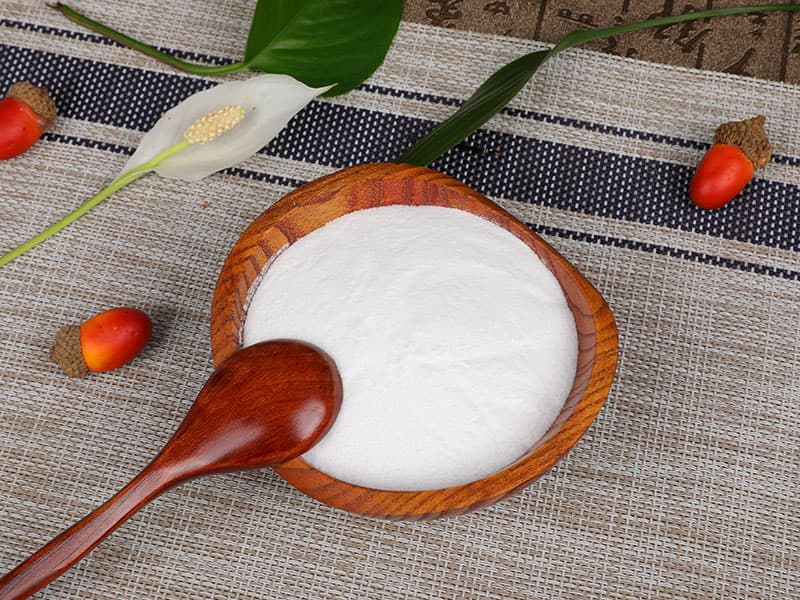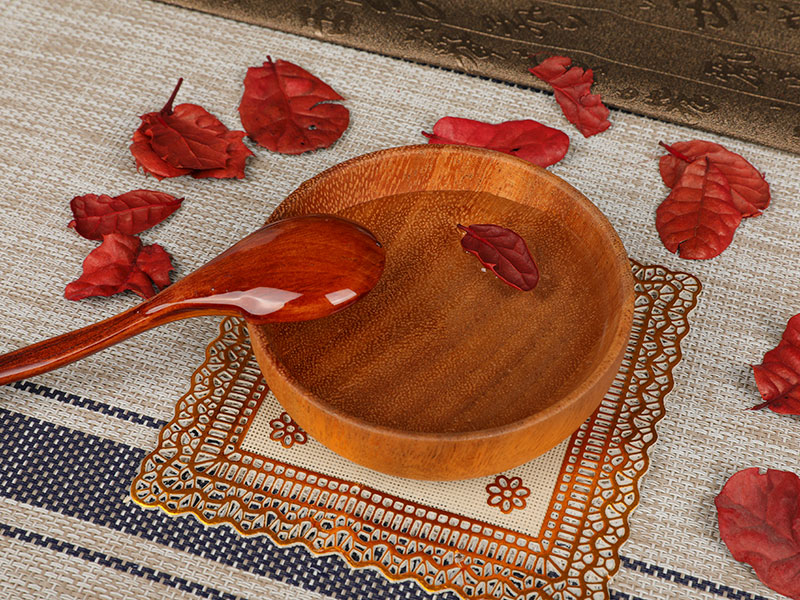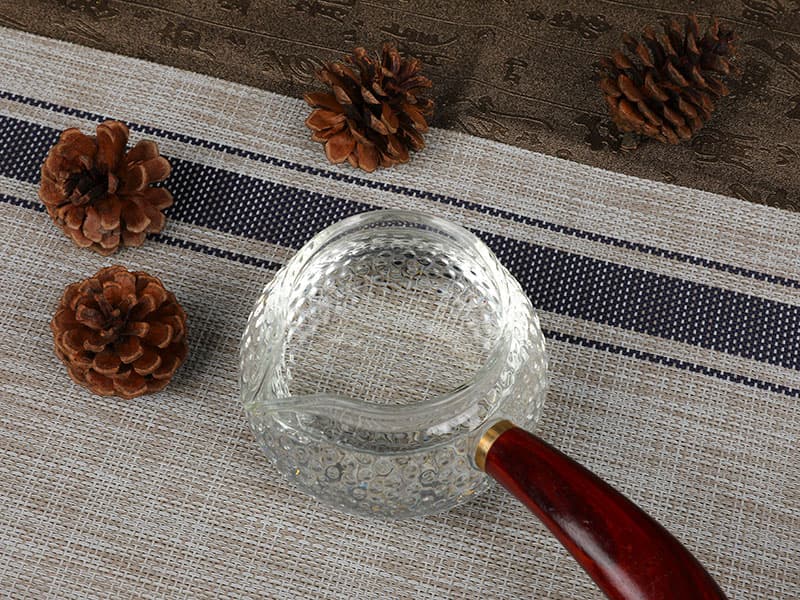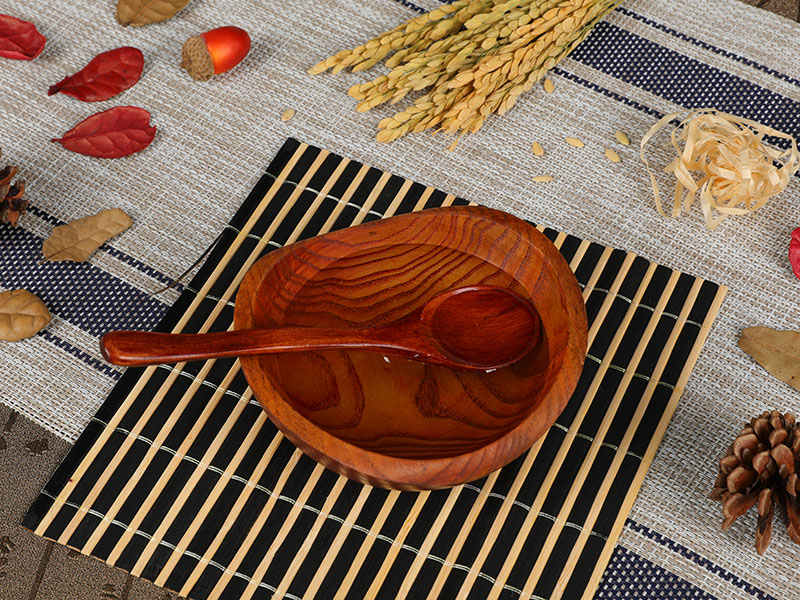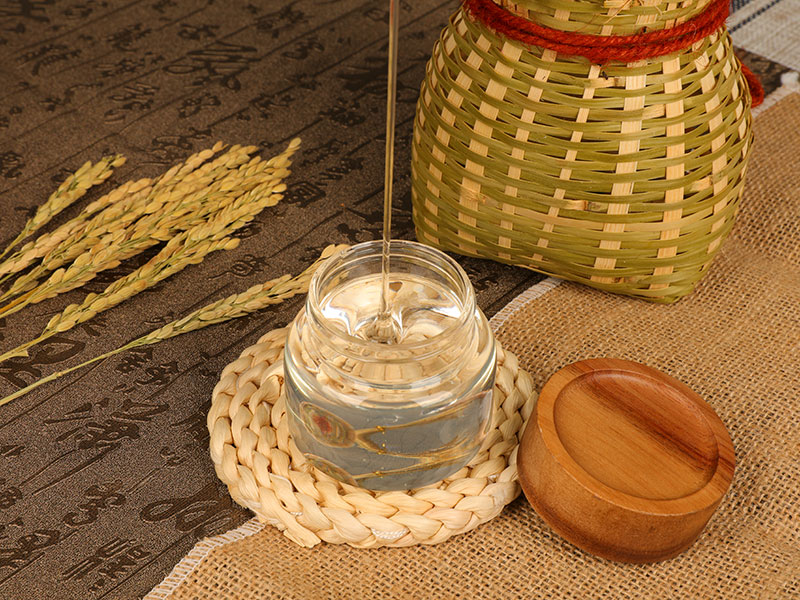Maltose syrup differs from other types of sweeteners like sucrose (table sugar) and high-fructose corn syrup (HFCS) in terms of composition, production process, sweetness, and applications. Here are the key differences:
Composition:
Maltose Syrup: Maltose syrup is primarily composed of maltose, a disaccharide sugar made up of two glucose molecules linked together. It may also contain small amounts of other sugars, but maltose is the dominant component.
Sucrose (Table Sugar): Sucrose is a disaccharide sugar composed of one glucose molecule and one fructose molecule linked together.
High-Fructose Corn Syrup (HFCS): HFCS is a liquid sweetener produced from cornstarch and contains varying proportions of glucose and fructose. The most common types are HFCS-42 (42% fructose) and HFCS-55 (55% fructose).
Sweetness:
Maltose Syrup: Maltose syrup is less sweet than sucrose or HFCS. It has approximately 40-50% of the sweetness of sucrose.
Sucrose (Table Sugar): Sucrose is considered the standard for sweetness, with a sweetness level of 100%.
High-Fructose Corn Syrup (HFCS): HFCS-55, the most common type, is slightly sweeter than sucrose. HFCS-42 is similar in sweetness to sucrose.
Production Process:
Maltose Syrup: Maltose syrup is typically produced by hydrolyzing starch from grains like barley or rice using enzymes. The resulting maltose-rich syrup is then refined and purified.
Sucrose (Table Sugar): Sucrose is extracted from sugarcane or sugar beets and is usually refined into white, crystalline sugar.
High-Fructose Corn Syrup (HFCS): HFCS is produced by enzymatic processing of cornstarch to convert some of the glucose into fructose, resulting in a mixture of glucose and fructose.
Applications:
Maltose Syrup: Maltose syrup is often used in the food industry for its mild sweetness, non-cariogenic properties (it is less likely to cause tooth decay), and its ability to improve texture and extend shelf life in products like candies, confectioneries, malt beverages, and some baked goods.
Sucrose (Table Sugar): Sucrose is a versatile sweetener used in a wide range of applications, including baking, cooking, beverage production, and as a tabletop sweetener.
High-Fructose Corn Syrup (HFCS): HFCS is commonly used in the food and beverage industry, especially in soft drinks, processed foods, and baked goods, due to its affordability, ease of handling, and sweetness.
Fructose Content:
Maltose Syrup: Maltose syrup contains minimal fructose and is mostly composed of glucose.
Sucrose (Table Sugar): Sucrose consists of equal parts glucose and fructose.
High-Fructose Corn Syrup (HFCS): HFCS contains a higher proportion of fructose compared to glucose, with HFCS-55 being the highest in fructose content.
Hygroscopicity:
Maltose Syrup: Maltose syrup is less hygroscopic (less likely to attract and retain moisture) compared to HFCS, making it suitable for certain applications where moisture control is important.
High-Fructose Corn Syrup (HFCS): HFCS has higher hygroscopicity, which can be an advantage in some products but a disadvantage in others.


 English
English 中文简体
中文简体
